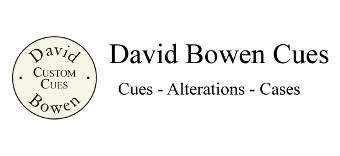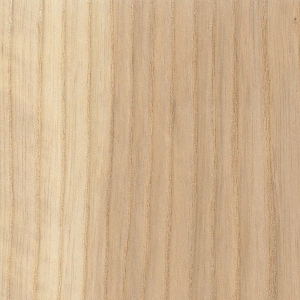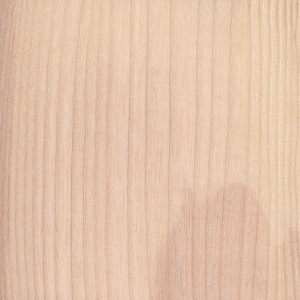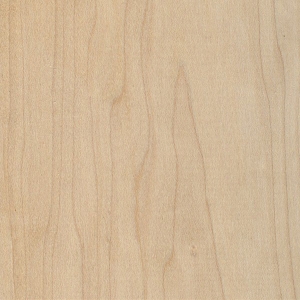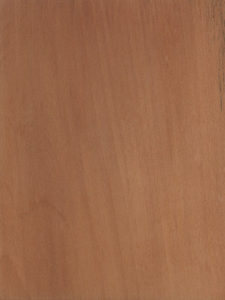Here you will find information on the available woods for cue shafts, the shaft is the business end of the cue so it is very important to select the right shaft. Many woods can be used for cue shafts and all have different playing characteristics including weight, power, throw and resonance.
Also as the shaft of a cue is visible to the player when cueing it is important that the player select the right shaft for them, whether this be highly figured ash with dark grain or plain maple with no grain. Some examples are below in both the raw state with the characteristics of each wood for comparison.
American Ash – (Fraxinus Americana)
American Ash is by far the most popular wood used in modern day snooker and English pool cues, high quality ash is easily spotted by its straight lines and uniformed chevrons along the cue. The chevrons will be forward facing and run in line with the chamfer on the butt of the cue, however many players will choose to hold the cue with the chamfer facing downwards or prefer to cue looking down the grain of the cue.
Weight: 675kg/m3
Modulus of Elasticity: 1,740,000
Janka Hardness: 5870
English Ash – (Fraxinus Excelsior)
Over the last 10-15 years English ash has been less commonly used in cue manufacture due to increased felling laws and the demand swaying towards the more straight grained american ash. English ash has a slightly darker colour and is slightly heavier and denser when compared with North American ash.
Like American ash, English ash has an open grain which is what gives the visible chevrons to the shaft.
Weight: 680kg/m3
Modulus of Elasticity: 1,785,000
Janka Hardness: 6580
Canadian Maple – (Acer saccharum)
Acer Sacharum (hard maple) is regarded as the king of all the maples, it is much more expensive compared with other maples. All of the maple timber that is used in the my cues is fully kiln dried and then further seasoned for a minimum of 12 months before the shaft is made.
It is a common misconception that maple is completely plain, genuine maple has many characteristics such as a slight grain, chevrons and can even have a quilted effect. Maple, like most woods will darken slightly with age.
North American Maple is a very hard and stiff wood with no noticeable grain compared to ash. Maple is more commonly used in snooker and billiards where the balls are heavier to keep the shaft as stiff as possible on contact with the cue ball.
Weight: 705kg/m3
Modulus of Elasticity: 1,830,000
Janka Hardness: 6450
Pear – (Pyrus communis)
Pear is the darkest, hardest and heaviest of all the timbers which are used for cue shafts. Pear wood has a deep orange appearance with no noticable grain, it is much closer to the appearance of maple than ash.
Pear wood was first specified on cues by JP Mannock when designing the Anti-Grip cue, this was specified as it would finish to a smoother finish than both ash and maple due to its close grain and dense nature.
Due to it’s lower modulus of elasticity Pear wood is considered to be more ‘whippy’ when compared with maple and ash.
Weight: 690kg/m3
Modulus of Elasticity: 1,131,000
Janka Hardness: 7380
Many other woods can be used to make the shafts for cues including hand made laminate cues.
Hopefully this information will help you in selecting the shaft for you new cue, however should you require any more information please do not hesitate to call for more information or email me.
